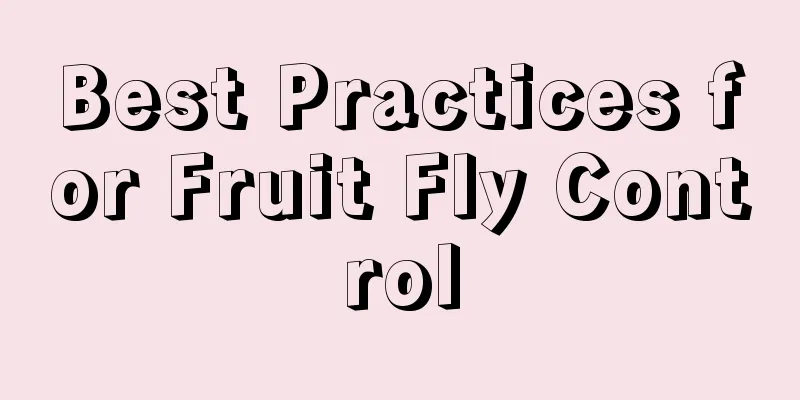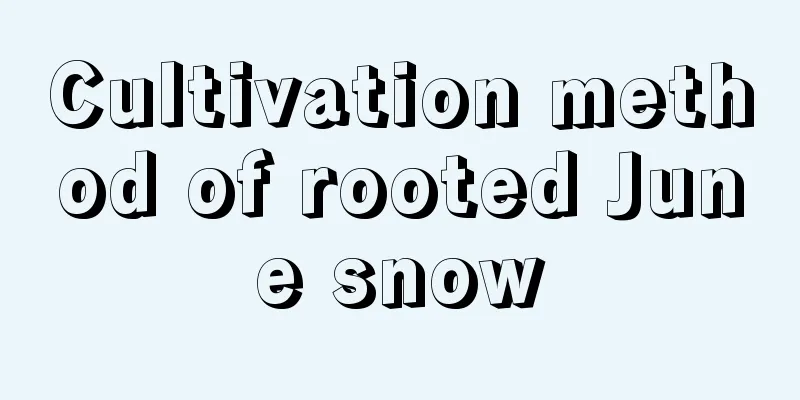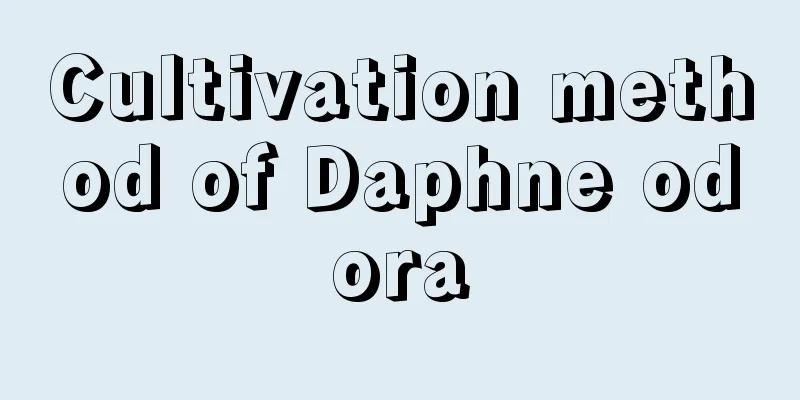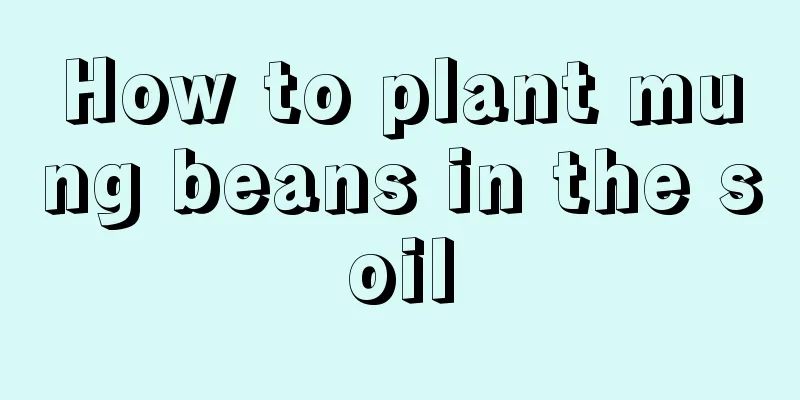Best Practices for Fruit Fly Control

|
Fruit fly pests have become an extremely serious threat to melon and fruit production in the south. They widely attack tropical fruits such as citrus, mango, passion fruit , guava , and melon crops, causing huge economic losses. Due to their strong reproductive ability, rapid development cycle and overlapping generations, fruit flies harm fruits all year round, resulting in extremely high fruit damage rates in affected areas, even reaching 90% in some areas. The fruit fly, known as a "devastating pest", is a problem that is mentioned repeatedly. Learn the best ways to control fruit flies below. 1. Agricultural prevention and control Agricultural prevention and control focuses on garden cleaning and fruit bagging. Once fruit fly infestation is discovered, the diseased fruits should be removed immediately and the fallen fruits should be picked up and disposed of harmlessly. Fruit bagging can effectively prevent fruit fly infestation, but it is labor-intensive and costly, and is only suitable for orchards with lower yields. 2. Chemical control Chemical control prevents fruit flies from emerging through ground blocking and foliar spraying. It is recommended to use pesticides such as chlorpyrifos or cyhalothrin during the peak period of fruit fly emergence. However, chemical control may have problems with pesticide residues and it is difficult to completely prevent fruit flies that have strong migratory properties. 3. Biological control Biological control uses male sterilization technology to prevent the eggs laid by female insects from hatching, thereby reducing the number of fruit flies. 4. Physical prevention Physical control uses sticky insect boards, fly balls and other traps to attract fruit flies by imitating the color and shape of the fruit. The stickiness and attractants in the traps are effective in capturing fruit flies and need to be replaced regularly to maintain effectiveness. 5. Sexual Attractants The main ingredient of sex attractants is methyl eugenol, which mainly attracts male insects and can be used as a monitoring method, but its effect on attracting female insects is limited. 6. Food lures Food attractants, such as MiBait® fruit fly bait, use protein bait to attract fruit flies to feed, which causes toxicity and can be spread among fruit flies. But it mainly targets fruit flies and has limited effect on other species. In short, the prevention and control of fruit flies requires the comprehensive use of multiple strategies, from agricultural operations to chemical control, from physical trapping to biological control, as well as regulatory management, to form a comprehensive prevention and control system.
|
<<: How to take care of the newly bought fortune tree
>>: How to care for the newly bought Dieffenbachia
Recommend
What is the reason for the root rot of green radish and how to remedy it
1. Reasons 1. The temperature is too low: It like...
Rose flower language and meaning
1. Flower Language The language of roses is longi...
Cultivation methods and precautions of pineapple lily
1. Breeding methods 1. Light: It has high require...
The efficacy and function of Belamcanda chinensis
1. Anti-virus, anti-inflammatory and sterilizatio...
What are the types of succulents?
1. Jihong Komatsu This variety belongs to the gen...
These balconies are so beautiful, no wonder they don't want to leave
Hanging basket is a good thing. There is a railing...
When is the best time to transplant the old crow persimmon?
When transplanting the old crow persimmon, you mu...
How to grow banyan bonsai
1. Lighting Banyan bonsai has a unique shape and ...
If you water these 30 kinds of flowers in spring, even the green ivy will die!
1. How to water gardenia in spring? Gardenia like...
How to prune a pear tree
When to prune pear trees The best time to prune p...
Lithops growth environment conditions and characteristics
Lithops growth environment conditions and require...
Is Christmas cactus suitable for indoor cultivation?
1. Is it suitable? Christmas cactus is suitable f...
Chlorophytum is found in every household, but have you raised these 4 species? Not only are they evergreen, they can also bloom.
However, today Huahua wants to focus on introduci...
These “5 types” of succulent plants are the most difficult to grow. They can fill the pot in 30 days and are most suitable for beginners!
It is precisely because there are many varieties ...
What are the cultivation methods and precautions of gentian flowers?
Gentiana cultivation method Gentiana belongs to t...









